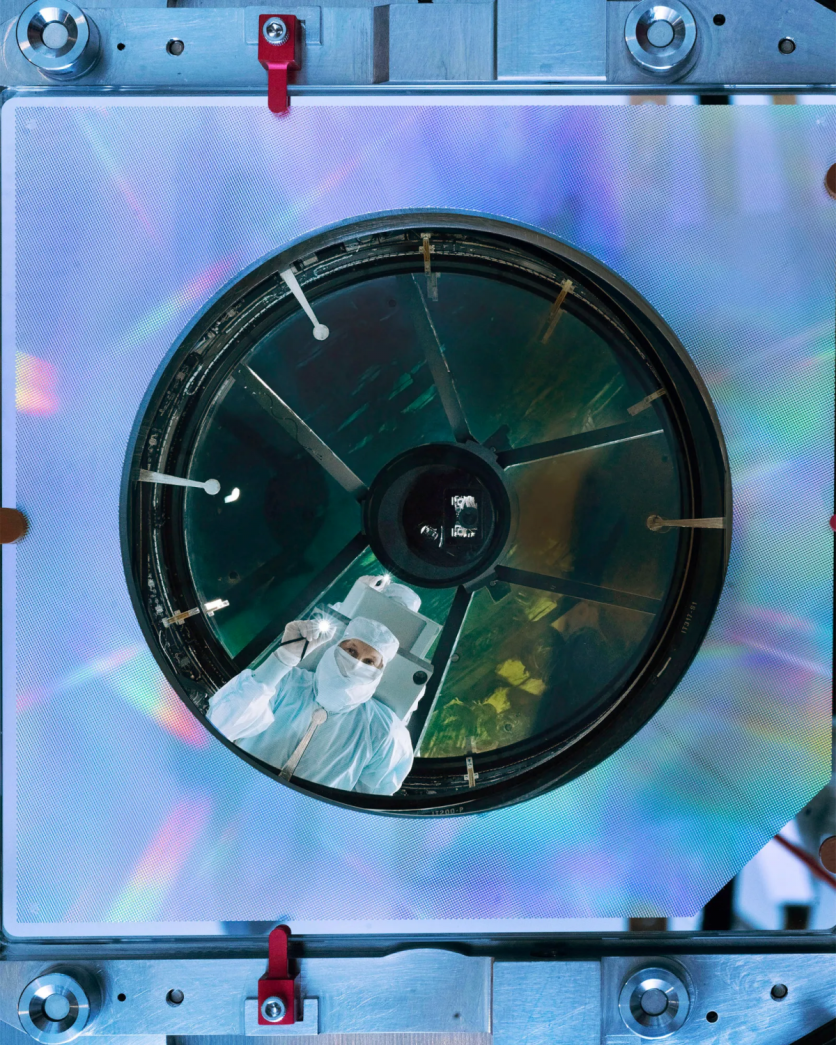Roman's eyes are being prepared for the cosmos!
Engineers at L3Harris Technologies in Rochester, New York, have completed a crucial phase in the assembly of NASA's Nancy Grace Roman Space Telescope. They have successfully integrated all ten mirrors, collectively forming the Imaging Optics Assembly (IOA).
This accomplishment marks an essential step forward in the telescope's development, bringing it closer to unraveling the mysteries of the galaxy by capturing images in deep space.

The Pre-Launch First Light
Joshua Abel, the lead systems engineer for the Roman Space Optical Telescope Assembly at NASA's Goddard Space Flight Center, expressed satisfaction with this progress. He noted that it represents a significant milestone in the telescope's journey toward completion.
"This is the pre-launch first light, our first time seeing through the entire telescope. We're excited to enter the next phase of the project!" Abel said in a statement.
Prior to this achievement, each of Roman's mirrors underwent individual testing. However, this was the first time they were evaluated collectively as part of the IOA.
The engineers ensured that light would pass through all the optics precisely, a critical requirement for producing clear images of space once the telescope is operational.
Bente Eegholm, an optical engineer working on Roman's Optical Telescope Assembly at Goddard, emphasized the importance of aligning all ten telescope mirrors to optimize imaging quality.
Eegholm highlighted the rigorous month-long alignment process, during which the engineers iterated to bring test images into sharper focus. This process culminated in permanently locking the mirrors in place, with three remaining movable to allow fine-tuning of the alignment in space.
Read Also : The First Non-Americans to Land on the Moon Will be Japanese as NASA, JAXA Sign Agreement for Lunar Rover
Upcoming Vibration and Acoustic Tests
The successful integration of the IOA sets the stage for upcoming vibration and acoustic tests, where engineers will assess the assembly's resilience to the rigors of launch.
Subsequent examinations will subject the IOA to vacuum conditions and extreme temperatures, simulating the harsh environment of space to ensure its performance under such conditions.
Scott Smith, Roman telescope manager at Goddard, praised the joint effort between L3Harris and NASA, acknowledging the precision and excellence demonstrated by the technicians and engineers throughout the optical test.
"The joint team from L3Harris and NASA has fully achieved the goals of the test," said Scott Smith. "The technicians and engineers have executed a successful optical test with precision and excellence while maintaining their commitments to schedule."
The full Optical Telescope Assembly, with the IOA as a central element, is anticipated to be finished and transported to Goddard this autumn.
Related Article : NASA's Hubble Space Telescope Captures 'Butterfly Nebula' In Stunning Motion | Fun Facts About This Beautiful Space Butterfly





